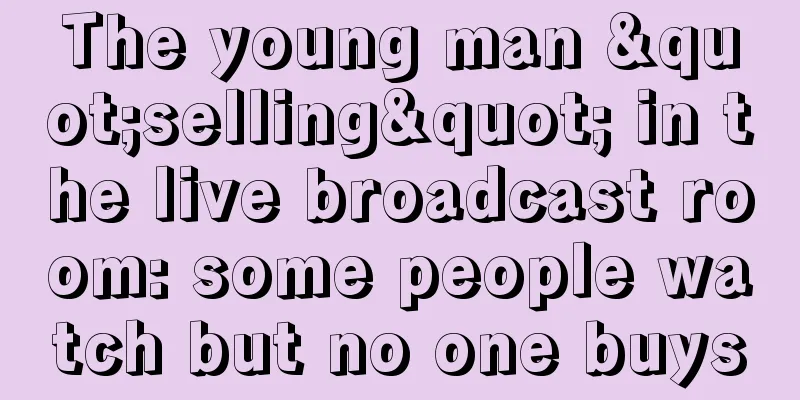The logic of brand "social currency"

01In commercial competition, the real battlefield is not the terminal war, product war, or price war, but the battle of consumers' minds. Whoever can occupy the minds of consumers will win in the end. If brands are likened to viruses, then successful brands are those that can successfully invade consumers' minds. (This is a metaphor. Put aside moral judgments. Brands and products are ultimately creating value for customers.) 02If a brand wants to "invade" the minds of consumers, we need to understand the consumer's purchase decision journey. Every decision node is an opportunity for the brand to "invade". The consumer decision journey is divided into five steps:
03Consumers have two main methods for problem identification: either lowering the actual situation or raising the ideal expectation. After consumers realize the problem and want a solution, they start to search for information. Information search generally comes from four sources:
04Among the four sources of information, personal sources play the biggest role in purchasing decisions. Because when friends and family recommend a product to us, the areas in our brains responsible for rational evaluation are closed, while the insula responsible for "social emotions" (such as desire, pride, shame, guilt, sympathy, and love) has intense activity. When word of mouth works, we replace rational thinking with emotion, and we transfer our trust in friends and family to the product (friends are endorsing the product with their personal credit). This is completely opposite to the brain activity when we see advertisements. When consumers see advertisements, they will fall into rational evaluation and subconsciously feel disgust. 05To make a brand spread like a virus, we need to consider six aspects:
06In specific business operations, how should we use the above six aspects? We need to turn all the purposes of the brand into a "super social currency" that empowers consumers. When considering the above six aspects, we should turn the brand into the "social currency" of users, and then penetrate this "social currency" into the daily lives of consumers. We can truly achieve the spread of the brand like a "virus". 07When consumers have ideas but are not very good at expressing them, there happens to be certain content that can help them express their ideas.
08Master the brand’s “social currency” logic and make the brand a super virus. Author: Liu Yichun Source: WeChat public account "Liu Yichun's Brand Business Innovation (ID: shangyeyiguohui)" |
<<: How will Xiaohongshu’s car brand operate in 2023?
>>: 10 essential models for Xiaohongshu in 2023
Recommend
What is the conversion rate of an independent website? How to improve it?
Merchants who run independent websites need to pay...
An in-depth review of Pinduoduo’s rise
This article is an in-depth review of Pinduoduo, a...
From Wanglaoji to Zhong Xuegao, have all AI products failed?
This article starts from people's perception o...
Is Lazada drop shipping reliable? How to ship goods through drop shipping?
If you want to start a cross-border e-commerce bus...
Tear open Xiaohongshu's home furnishing traffic, the reason behind the 10-fold growth
Xiaohongshu has become a marketing platform for ma...
Leveraging marketing is so important! But you don’t know how to follow the hot spots? [Overseas Hot Spots Operation Guide]
Hot spots are indispensable for marketing. So how ...
What materials do you need to prepare to open a store on Amazon US? How can you prepare?
Amazon has many sites. If you want to open a store...
Xiaoma Song, H&H, Junzhi…Which marketing consulting company is better? Let me tell you what people in the industry think
Different marketing companies have different chara...
How do Lazada buyers apply for returns? How to deal with malicious returns?
Nowadays, cross-border e-commerce is a business pa...
Can eBay sell and buy second-hand products? How to upload second-hand goods on eBay?
eBay, like AliExpress, is a cross-border e-commerc...
Temu's third quarter sales have exceeded US$5 billion
According to 36Kr, Temu's sales in the third q...
How to do Shopee without source of goods?
Shopee is a Southeast Asian e-commerce platform. M...
How to calculate Amazon product pricing? What are the methods?
If you want to upload Amazon products to your stor...
How to do cross-border e-commerce with an independent website? What aspects need to be done well?
Now the development of cross-border e-commerce pla...
Decathlon, which turned against the brand, doesn’t want to be Lululemon
Decathlon has always been a low-price brand, but n...









